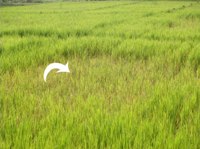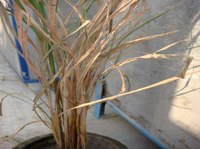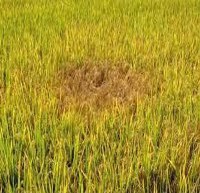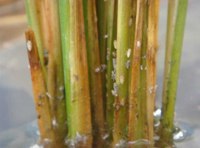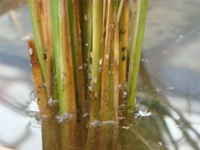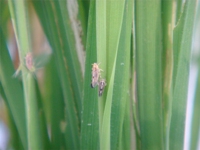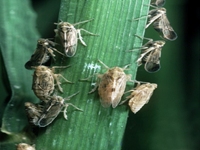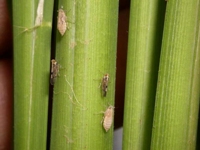| Management Strategies : |
|
Cultural Methods:
- Avoid use of excessive nitrogenous fertilizers
- Control irrigation by intermittent draining
- Synchronous planting within 3 weeks of staggering and maintaining a free-rice period could also decrease the build-up of Brown plant hopper.
- There are varieties released by IRRI, which contain genes for White backed plant hopper resistance, like IR26, IR64, IR36, IR56, and IR72.
- Avoid close planting and provide 30 cm rogue spacing at every 2.5 to 3.0 m to reduce the pest incidence.
|
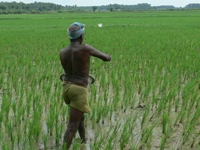 |
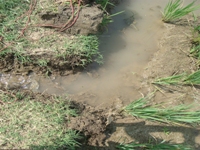 |
Avoid excess use of
nitrogen |
Intermittent draining of water |
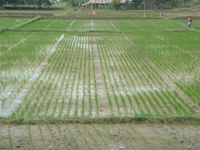 |
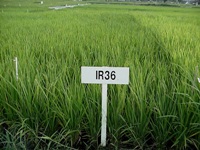 |
| Provide rogue spacing of 30 cm |
Use resistant variety IR 36 |
|
Chemical Methods:
- ETL : 1 hopper/ tiller in the absence of predatory spider and 2 hoppers /tiller when spider is present at 1/hill.
- Spray any one of the following:
Phosphamidon 40 SL 1000 ml/ha (or) Carbofuran 3 G 17.5 kg/ha (or) Dichlorvos 76 WSC 350 ml/ ha.
- Use of botanical methods : 3-5 % Andrographis paniculata kashaayam (or) Garlic, ginger,chilli extract (or) Neem oil 3% @ 15 lit/ha (or) Illupai oil 6% @ 30 lit/ha (or) Neem seed kernel extract 5% @ 25 kg/ha
|
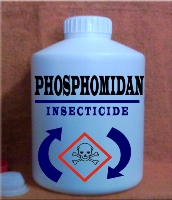 |
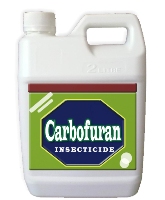 |
| Spray Phosphomidan |
Spray Carbofuran |
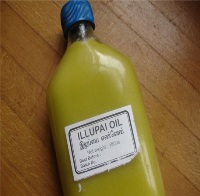 |
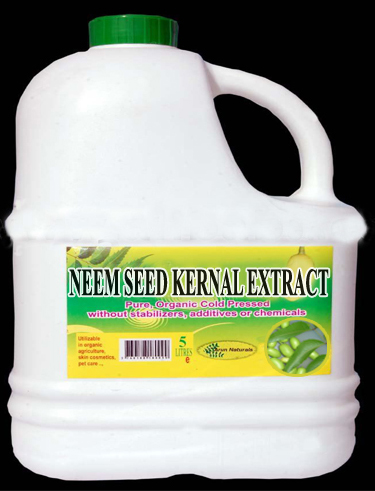 |
| Use Illupai oil |
Use Neem seed kernal extract |
|
Biological Methods:
- Release egg parasitoid Anagrus sp and adults and nymphs of Pachygonatopus sp.
- Effective predators are
Coccinella arcuata,Cyrtorrhinus lividipennis
and Tytthus parviceps.
- The common parasites of the eggs are the hymenopteran wasps. Eggs are preyed upon by mirid bugs and phytoseiid mites. Both eggs and nymphs are preyed upon by mirid bugs. Nymphs and adults are eaten by general predators, particularly spiders and coccinellid beetles.
- Hydrophilid and dytiscid beetles, dragonflies, damselflies, and bugs such as nepid, microveliid, and mesoveliid eat adults and nymphs that fall onto the water surface.
- White backed plant hopper population can be regulated by natural biological control agents. For example, small wasps parasitize the eggs.
- Predatory mites and mirid feed upon both the eggs and nymphs. Predators for the nymphs and adults are aquatic dytiscid and hydrophilid beetles, immature forms of damselflies and dragonflies, and water-dwelling veliid and mesoveliid bugs.
- Spiders, stapphylinid beetles, carabid beetles and lygaeid bugs search the plant for White backed plant hopper nymphs and adults.
|
|
|
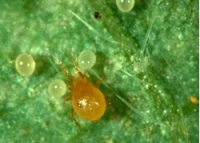 |
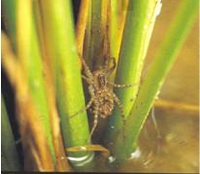 |
| Eggs are preyed by phytoseiid mites |
Natural enemy - Lycosa pseudoannulata |
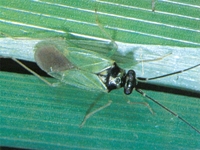 |
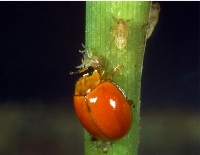 |
| Natural enemy - Cyrtorhinus lividipennis |
Predactor - Coccinellid beetle |
|
Trap Methods:
- Set up light traps during night.
- Use yellow pan traps during day time.
- Installation of light traps with incandescent light at 1-2 m height @ 4/ acre to monitor the population.
|
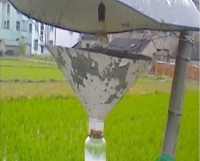 |
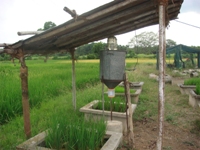 |
| Incandescent light trap |
Setup light traps |
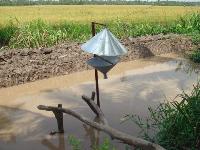 |
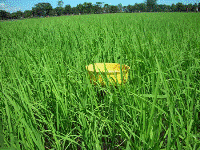 |
| Use light trap during night time |
Use yellow pan trap during day time |
| Top |
